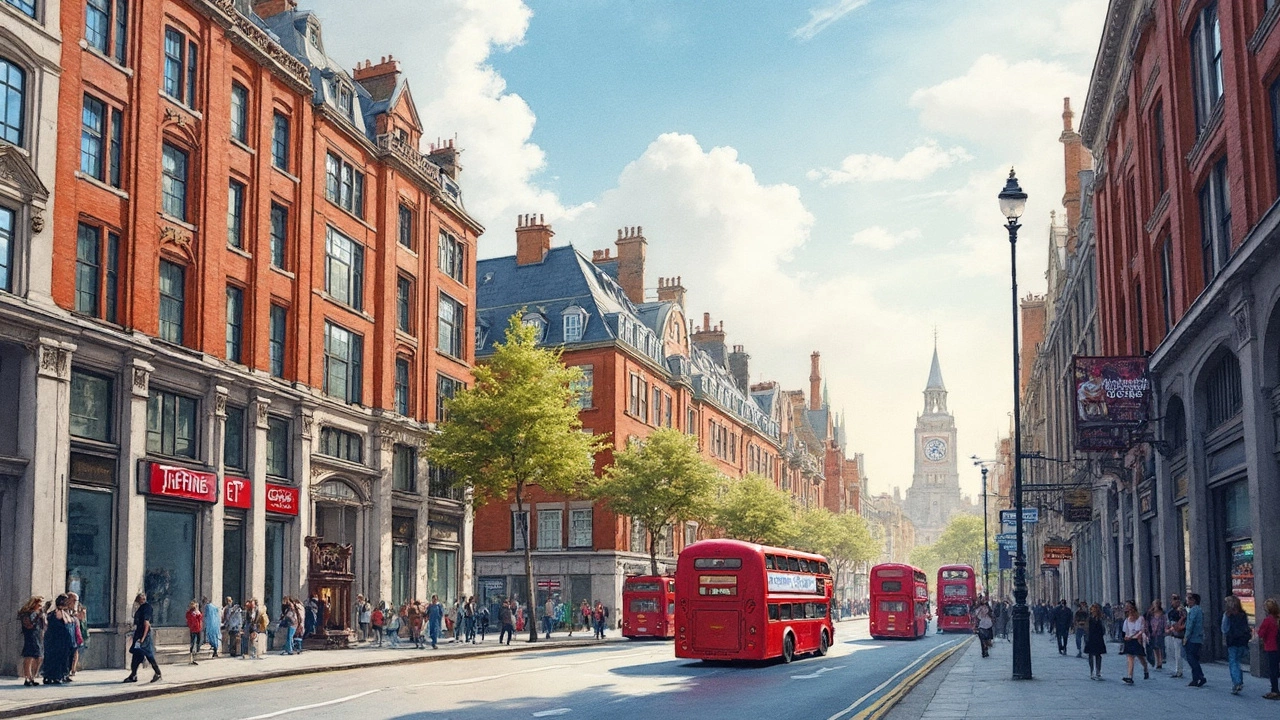Building Lifespan – How Long Does a Structure Really Last?
Ever wondered if the house you buy will be solid for 50 years or if a new office block will need a major overhaul in a decade? The answer depends on a mix of things: the materials used, how the building is cared for, and the local climate. In this guide we break down the biggest factors that affect how long a structure stays sound, and give you easy steps to add years to its life.
Key Factors That Influence Lifespan
First up, the material. Concrete, steel and timber each have their own wear patterns. Concrete can last a long time but cracks when water gets in. Steel holds up well but rusts if it’s not protected. Timber is cheap and quick to work with, yet it can rot or be eaten by insects if it stays damp.
Second, design and construction quality. A well‑designed roof that sheds water correctly will keep the walls dry. Poorly aligned foundations can settle unevenly, causing cracks that spread over years. Hiring experienced tradespeople and following building codes helps avoid these hidden problems.
Third, the environment. Coastal areas bring salty air that speeds up metal corrosion. Frost‑prone regions cause freeze‑thaw cycles that push on concrete. If you live where the weather is harsh, you’ll need more frequent inspections and protective measures.
Fourth, how the building is used. Heavy equipment, high traffic, or frequent modifications can stress the structure. A warehouse that stores heavy pallets will age faster than a quiet office.
Simple Ways to Boost Your Building’s Longevity
Now that you know what wears a building down, here are a few practical actions you can take today.
Regular inspections. Walk around at least once a year and look for cracks, water stains, rust spots or loose fittings. Spotting an issue early means cheaper repairs.
Keep water out. Check gutters, downspouts and roof flashing. Make sure rainwater is directed away from the foundation. Even a small leak can cause big damage over time.
Protect metal surfaces. Apply paint, rust‑inhibiting primer or a protective coating every few years. It’s a cheap step that stops rust before it starts.
Control moisture. In basements and crawl spaces, use a dehumidifier or a proper ventilation system. Dry air stops wood rot and mold growth.
Maintain the roof. Replace missing tiles, clear debris and repair any flashing issues. A solid roof is the first line of defense for the whole building.
Finally, plan for upgrades. If you’re renovating, choose longer‑lasting materials where you can – like a steel‑reinforced concrete slab instead of a plain wood floor. It may cost a bit more now, but it saves you from a big replacement later.
Remember, a building isn’t a set‑and‑forget item. Like any piece of equipment, it needs care to keep performing. By watching the key factors and doing simple maintenance, you can add decades to the life of your home or business space.

How Long Should a New Building Last?
Apr 4, 2025, Posted by Damon Blackwood
Buildings are a significant investment, so it's essential to understand how long they should last. This article dives into determining a building's lifespan, influenced by factors like construction materials, design choices, and maintenance practices. Get insights on what standards to expect for new builds and tips for ensuring longevity. The goal is to provide a practical understanding of what impacts a building's durability in real-world terms.
MORESEARCH HERE
Categories
TAGS
- foundation repair
- commercial construction
- construction
- new builds
- home improvement
- home renovation
- bathroom renovation
- residential construction
- construction materials
- home foundation
- renovation tips
- building types
- contractor
- foundation cracks
- home construction
- architectural services
- building codes
- construction differences
- home inspection
- kitchen installation